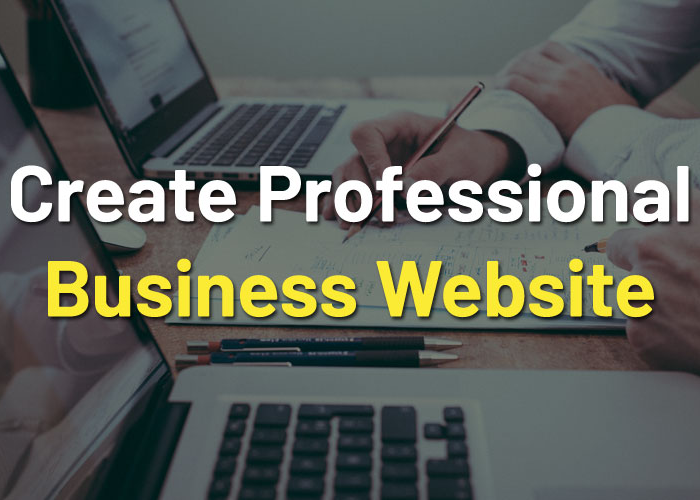Sugar cravings are a very common phenomenon and it can be difficult to resist the urge to indulge in sugary snacks. Many people feel like they have no control over their cravings and that they are doomed to give in to them. While it may be difficult to resist the temptation of sugary treats, there are strategies and lifestyle changes that can help to reduce sugar cravings and make them easier to manage. This article will provide an overview of sugar cravings, including what causes them and how to reduce them. It will also cover some of the best foods to eat and avoid when trying to reduce sugar cravings and potential supplements that may be beneficial.
What is a Sugar Craving?
Sugar cravings are an intense desire for something sweet. They can be triggered by stress, boredom, fatigue, and other factors. They can also be caused by a lack of nutrients, primarily carbohydrates, in the diet. Sugar cravings can be difficult to ignore and often lead to unhealthy eating habits. They can also disrupt a healthy diet and lead to weight gain.
Sugar cravings are caused by a number of factors. The brain’s reward centers are triggered when we eat something sweet, which can lead to cravings. Stress, boredom, and fatigue can also cause cravings. When we’re experiencing these emotions, our bodies may be telling us to reach for something sweet. Additionally, a lack of nutrients in the diet can trigger cravings. When we don’t get enough carbohydrates, our bodies crave them.
Sugar cravings can be difficult to ignore and often lead to unhealthy eating habits. Eating something sweet can provide a quick burst of energy, but it can also cause blood sugar levels to spike and crash. This can leave us feeling lethargic and craving more sugar. Furthermore, eating sugary foods can lead to weight gain and other health issues.
Causes of Sugar Cravings
There are a variety of potential causes of sugar cravings. One theory suggests that cravings are caused by an imbalance in the body’s hormones. When hormonal levels are out of balance, cravings can become more intense. Other possible causes of sugar cravings include emotional states, such as stress or boredom, and external cues, such as seeing a food advertisement.
Foods to Avoid
When trying to reduce sugar cravings, it can be helpful to avoid certain foods. These include sugary snacks, such as candy, cookies, and pastries, as well as refined carbohydrates, such as white bread and pasta. Highly processed foods and foods that contain added sugars, such as breakfast cereals and granola bars, should also be avoided.
Foods to Eat
When trying to reduce sugar cravings, it can be helpful to focus on eating healthy, balanced meals. Eating foods that are high in fiber, such as fruits, vegetables, and whole grains, can help to keep blood sugar levels stable, which may help to reduce cravings. Eating lean proteins, such as fish, eggs, and tofu, may also be beneficial.
Strategies to Help Reduce Cravings
In addition to making dietary changes, there are a variety of strategies that may help to reduce sugar cravings. Drinking plenty of water throughout the day can help to keep the body hydrated, which may help to reduce cravings. Reducing stress and getting adequate sleep can also be beneficial. Practicing mindful eating, such as taking time to savor each bite and being aware of feelings of fullness, can also help with cravings.
Supplementation
Certain supplements may help to reduce sugar cravings. Chromium is a mineral that helps to regulate blood sugar levels, which may help to reduce cravings. Magnesium is another mineral that may help to reduce cravings. Additionally, omega-3 fatty acids found in fish oil supplements may help to reduce cravings.
Lifestyle Changes
In addition to diet and supplementation, there are several lifestyle changes that may help to reduce sugar cravings. Exercise can help to reduce stress and regulate hormones, which may help to reduce cravings. Practicing yoga or meditation can also be beneficial, as it can help to reduce stress and increase mindfulness. Additionally, finding ways to manage emotions, such as journaling or talking to a friend, may help to reduce cravings.
Conclusion
Sugar cravings can be difficult to resist, but there are strategies and lifestyle changes that can help to reduce them. Eating a balanced diet, avoiding sugary and processed foods, and drinking plenty of water can help to reduce cravings. Supplementation and lifestyle changes, such as exercise and stress reduction, may also be beneficial. By taking a holistic approach to reducing sugar cravings, it is possible to take control of cravings and make them easier to manage.















